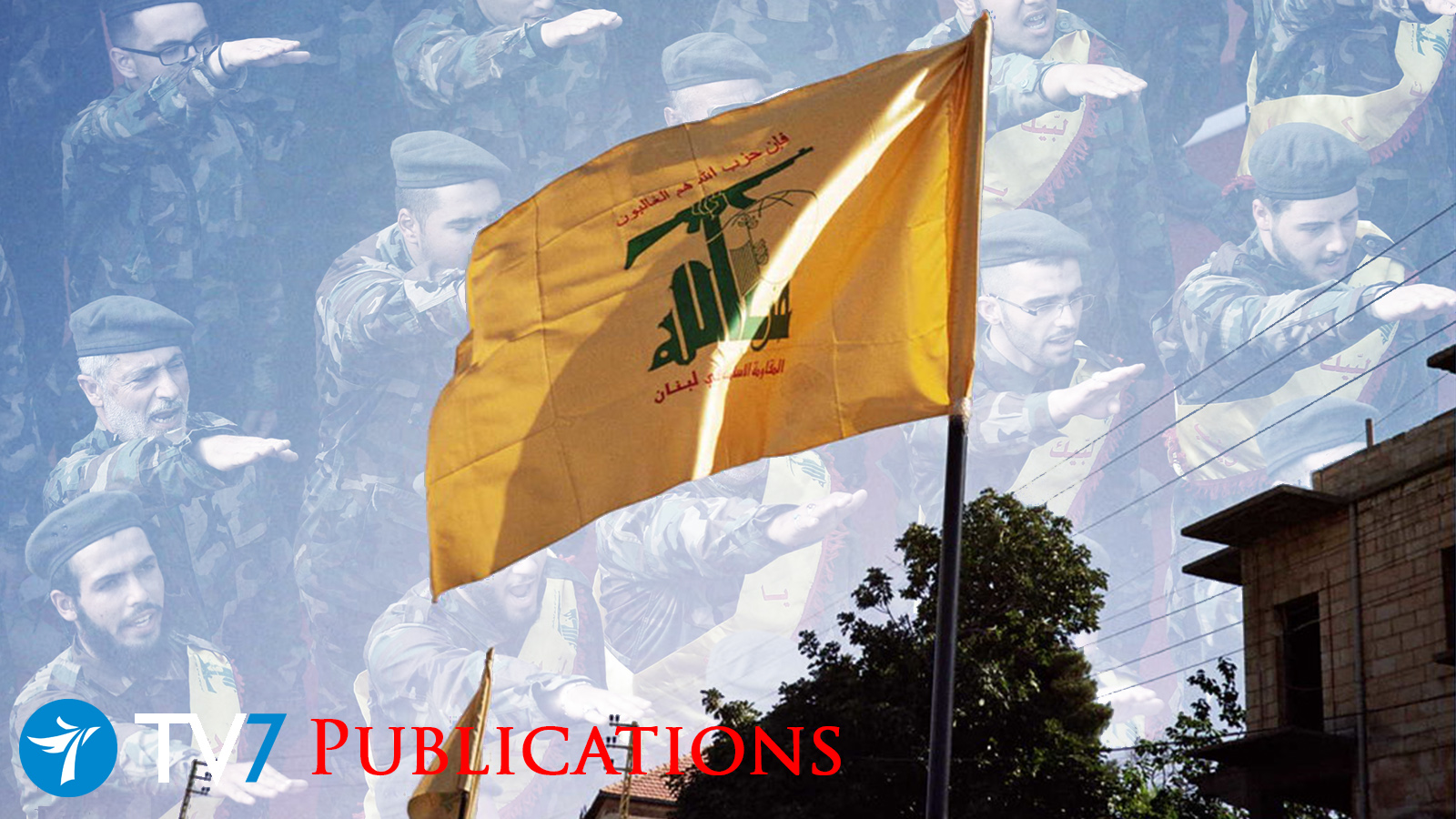Escalating tensions with Iran should be a warning that Tehran’s strategy of training and arming proxy terror groups throughout the Middle East is not being countered aggressively enough.
By: Major General (res.) Yaakov Amidror, The Anne and Greg Rosshandler Senior Fellow at the Jerusalem Institute for Strategy and Security.
Over the past several weeks, Israel and the Hezbollah terrorist group have been at daggers drawn in the Middle East. Israeli aircraft recently struck Iranian-backed forces in Syria that were plotting a major drone attack in Israel.
Hezbollah responded by firing advanced anti-tank missiles into Israel, with the leader of the group pledging a “new phase” in which Hezbollah would no longer observe past “red lines.”
Meanwhile, Israel disclosed sites in Lebanon where Iran and Hezbollah are working together to build precision-guided missiles that could hit sites throughout Israel during a war.
This dramatic escalation in tensions with Iran and its proxies is dangerous but unsurprising. It should be understood as a warning that Iran’s strategy of training and arming proxy terror groups throughout the Middle East is not being countered aggressively enough.
In the summer of 2006, at the conclusion of the Second Lebanon War between Israel and Hezbollah, few expected that the quiet between Israel and Lebanon would have lasted this long.
But it is a deceptive quiet because the Israel-Hezbollah battlefield has moved to Syria and other locales. The Israeli Air Force has carried out many airstrikes on Iranian-backed targets in recent years.
That war was a missed opportunity since it ended without a clear victory over Hezbollah, which at the time was a far less intimidating enemy.
Since then, Hezbollah has grown in manpower and firepower to the extent that Israel is careful not to attack it inside of Lebanon.
Today, there is mutual deterrence, which is a strategic accomplishment for Hezbollah, a terrorist group opposing one of the most capable militaries in the world.
Thanks to massive Iranian investment, Hezbollah has now developed into a “hybrid organization,” a terror organization with strong military components. Significantly, this success has made the frightening model on which Iran is basing its promotion of new terrorist militias in Yemen, Syria, and Iraq.
Hezbollah has some 30,000 troops and an equivalent number in militia positions held in parallel to civilian occupations.
The group has gained valuable combat experience in Syria (at a high cost), and now holds a diverse arsenal of weaponry of a quantity and quality befitting a modern army.
No terror organization in history has had as powerful an armament as the one Hezbollah currently stockpiles. It is no wonder, then, that the Iranians are very happy with their success and are attempting to replicate this model in Yemen, Iraq, and Syria. What remains a wonder is why these attempts by Iran are not being fought more aggressively.
Iran is pursuing this effort with adaptations that take into account the different conditions in each place, but the principle is the same: set up a local organization aided by foreigners and supplied by Iran in order to create a militia that serves Iranian interests, but also benefits the local population. Iran’s successful joint operations with its proxy forces often increase local support for foreign involvement.
This was not supposed to happen. UN Security Council Resolution 1701 was passed at the end of the 2006 conflict to prevent precisely this situation.
Western countries reinforced UN forces in Lebanon with troops that had a clear mandate to monitor and report on Hezbollah’s activities. The resolution included a categorical statement banning the transfer of weaponry to Lebanon. These measures were supposed to ensure Lebanese sovereignty and prevent Hezbollah from growing stronger.
But the reality has been completely different. Lebanon today is completely dominated politically and militarily by Hezbollah, not by the Lebanese government or army – so much so that Iran is moving to a new stage focused less on increasing the quantity of arms than on improving their quality.
A sufficient quantity of precision-guided missiles could be a tiebreaker in the current stalemate, as they would allow Hezbollah to paralyze sensitive infrastructure and strike at strategically important targets in Israel, both military and civilian.
Israel’s cautious approach to Lebanon has allowed Hezbollah and Iran to realize their vision there. Israel’s more aggressive approach to Syria has so far prevented Iran from freely entrenching. Because Iran’s military buildup in Lebanon is already too far advanced, eventually there is likely to be a terrible war between Israel and Hezbollah.
World powers should take heed. What Iran has accomplished in Lebanon with Hezbollah offers a clear vision of the future. The same thing will happen in the coming years in other parts of the region if the international community fails to stop Iran’s development of proxy militaries across the Middle East.
